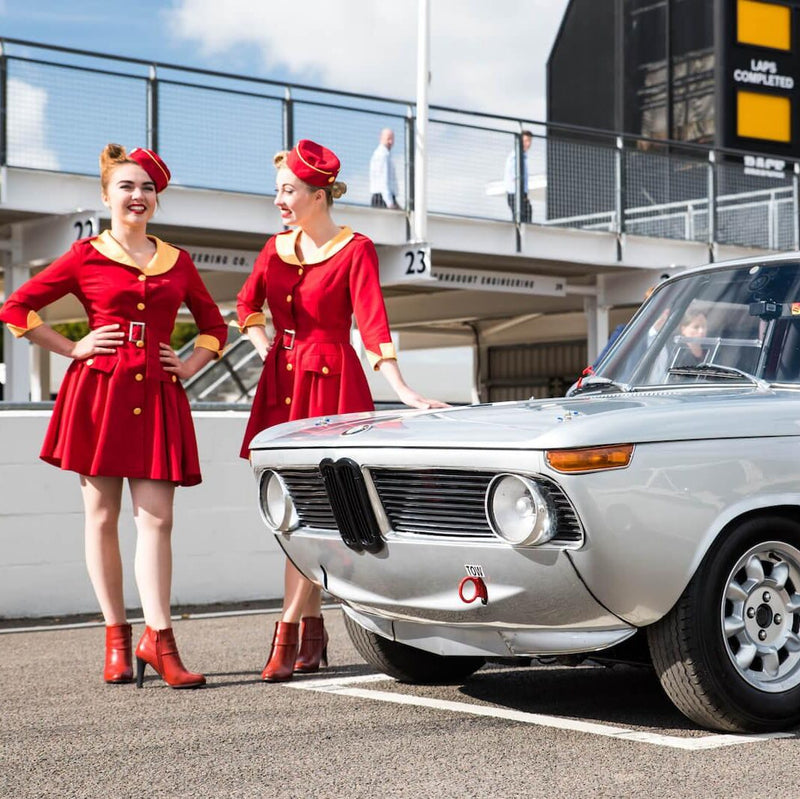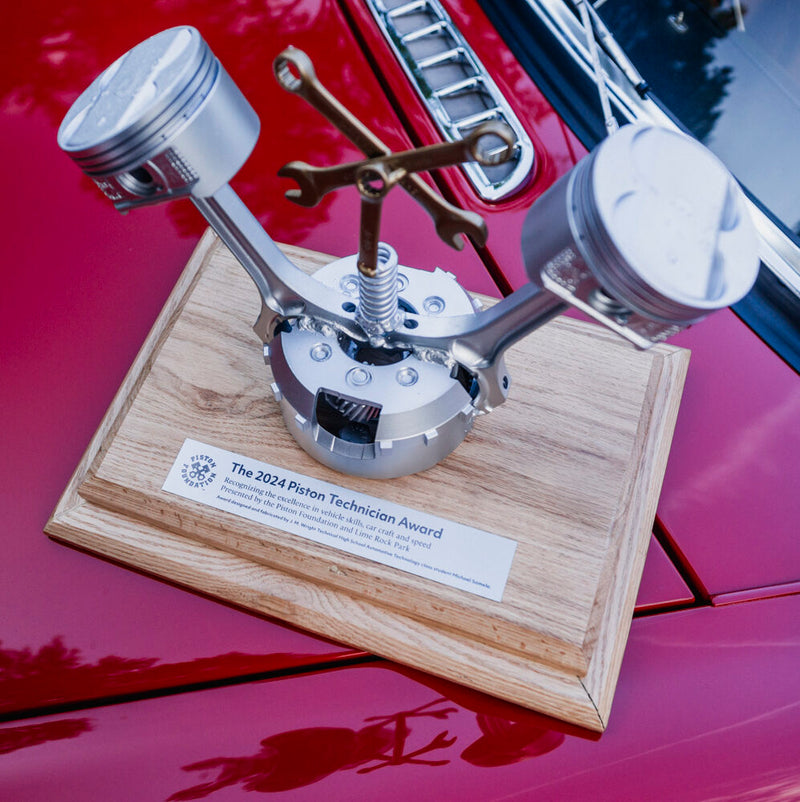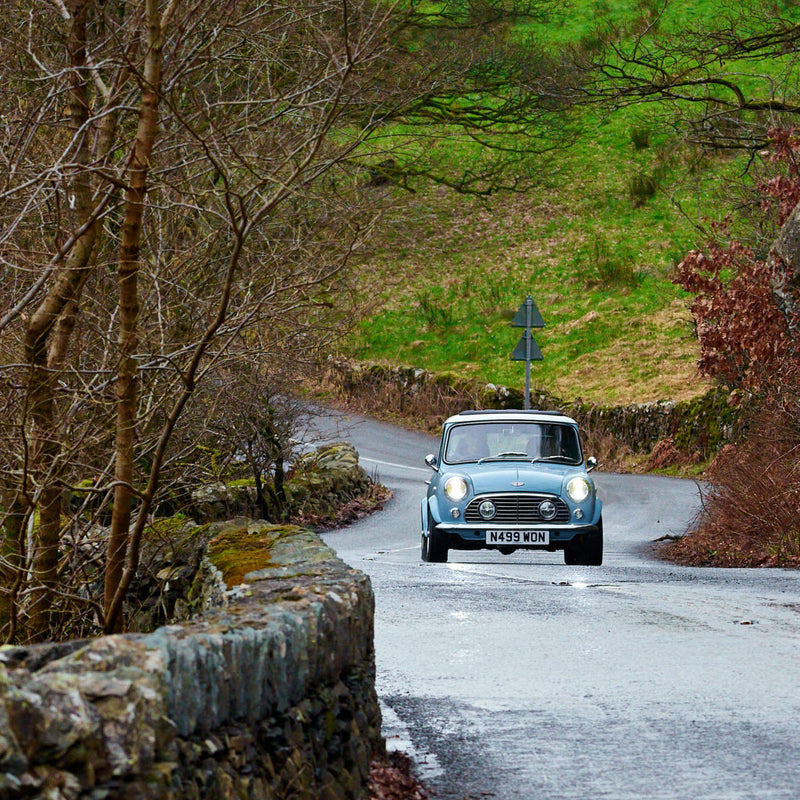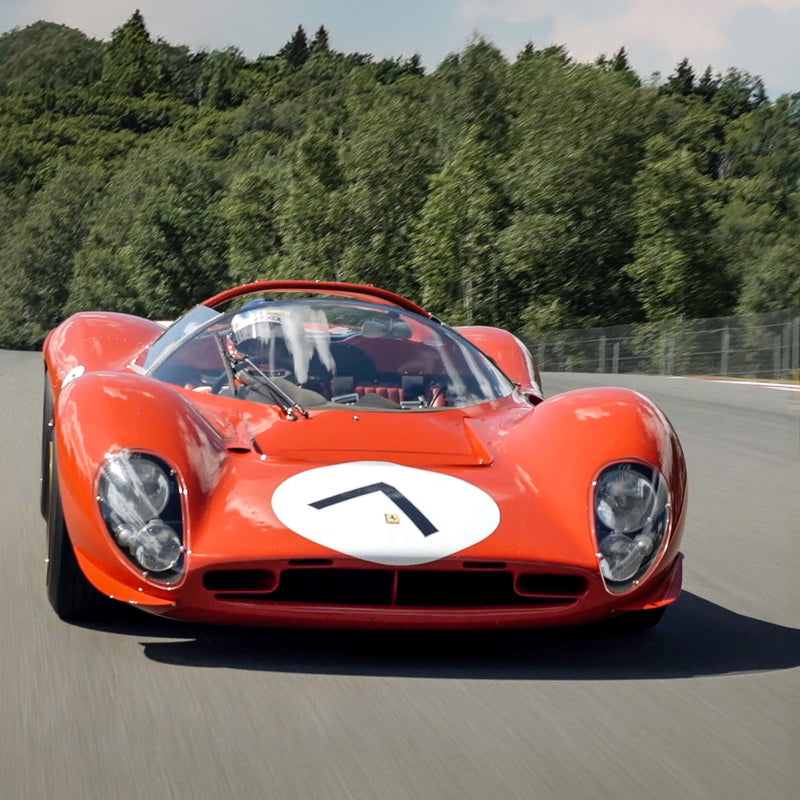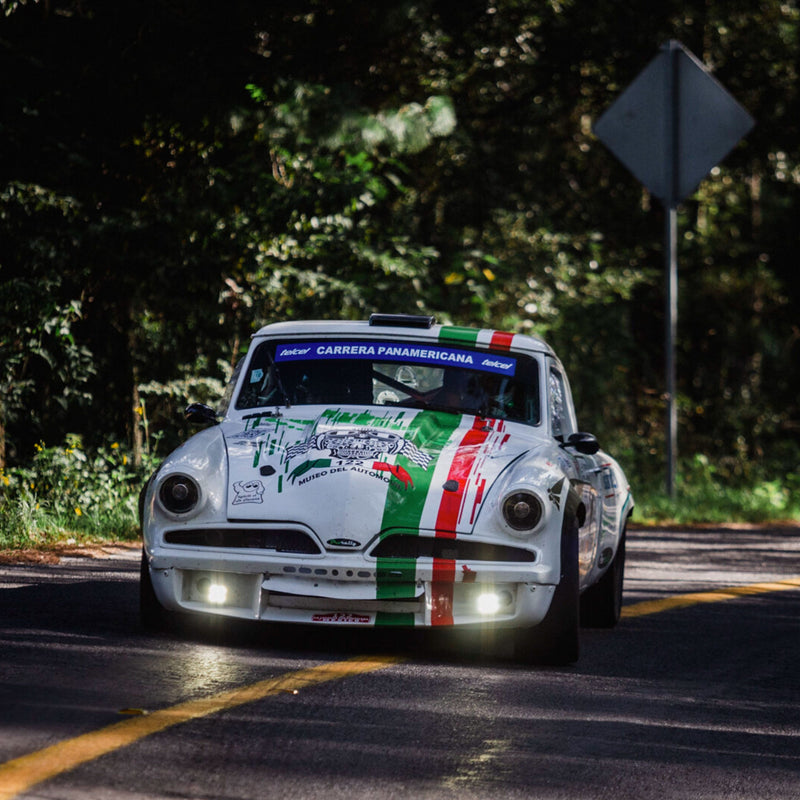A nickname is sometimes flattering, sometimes insulting, but always fascinating. Our last video features a car with a pretty epic nickname—“The Growler”, and it got us thinking: which classic car wears our favorite informal moniker?
There are several to choose from: in the early days of racing, it was common for a car’s builder to give it a nickname, sort of like a boat. The first vehicle to crack 100 km/h (62 mph) was a torpedo-shaped electric called La Jamais Contente, or “The Never Satisfied”. Sir Malcom Campbell’s first Darraq racing car was called “Flapper I”, and fans have even taken to using vegetable names to describe certain racing cars.


1. An Italian demon races in France
To start, one of the most awesome nicknames was dished out early in motorsports history. In 1923, Ernest Eldridge had the great idea of getting the largest motor he could find and bolting it to a suitable—but ancient—racing car chassis. The resulting 6-cylinder, 21.7-litre, 146 mph beast was an early land speed record holder that relied on the chassis from a 1908 Fiat SB4.
There was no more suitable name for the demonic-sounding creation than Mephistofeles, which is exactly what the French spectators called it. Just in case Fiat is reading: we’d buy a modern Mephistofeles in a heartbeat.


2. A privateer who knew his vegetables
In the late ’20s and early ’30s, teams had just about figured out how to produce powerful engines, with a number of manufacturers adopting supercharging for a boost in power. Combined with monstrous displacement and overall size, the leading cars in Europe were often the so-called “White Elephants”, officially, models from the Mercedes-Benz S and, later, SSK family. Mercedes-Benz would sell the car or the engine to the public, but with an engineering team that counted Ferdinand Porsche among its members, there was little hope for anyone to beat the factory, unless a competitive advantage could be found.
Manfred von Brauchitsch had an SSK, and leading aerodynamics expert Reinhard Koenig-Fachsenfeld had a plan: clothe the car in more slippery bodywork. A contemporary of Paul Jaray and designer of the Maybach Exelero-inspiring SW 38, Koenig-Fachsenfeld had coachbuilders Vetter, near Stuttgart, constructed a shapely body for the car. With its new body, von Brauchitsch was off to race at Avus, in Berlin, and found himself dicing with works Alfa Romeo entrant Rudolf Caracciola.
As it happens, von Brauchitsch did win, with an average speed of 120 mph—this is in 1932, by the way—but the nickname the crowd settled on for the victor was the less than flattering gurke, or “cucumber”.


3. Crowdsourced speed record champion
One of the reasons for crowd-given nicknames is simple: not everyone who turned up to watch knew what each was named by the factory, and saying, “The Mormon Meteor is the fastest car in the world,” is far better than a modern alphanumeric jumble.
What began life in 1935 as one of the fastest cars in the world, the Duesenberg Special was soon upgraded enough to warrant a new name. Utah-based racer Ab Jenkins was no stranger to racing, and was one of the earliest and most prolific practitioners of speed trials in the U.S.—back when one was able to race trains, too—and knew that allowing the public to name his new car would attract a lot of attention for both him and his sponsors.
In 1938, the car set a new world record by first hitting an average speed of 164 mph over 310 miles (500 km)—and the Mormon Meteor was launched into superstardom. But because this was a contest, what names didn’t make the cut? According to The Deseret News on August 1, 1936, “Sego Lily”, “The Ute”, “Crystal Queen”, “Bonneville Bullet”, and “Rocky Mountain Rocket” were strong contenders.
The first runner-up, however, wouldn’t have been the same, just imagine the laughable headline: “SEAGULL” SMASHES RECORD. Still, it may have foreshadowed the car’s current status as a treasured artifact, as it took “Best in Show” at the seaside 2007 Pebble Beach Concours d’Elegance.

4. The sows of 1971
In 1971, naming German race cars after pigs hit its zenith with both a literal and figurative interpretation of the beloved animal. Both hit the track within a month of each other, but it was the special Porsche 917/30 entered into Le Mans on June 12 that grabbed headlines first. Painted in a fleshy pink and liveried only with the names and approximate locations of various cuts of pork, its look was designed in-house by Anatole Lapine; after all, the car’s slippery low-drag bodywork looked more portly than the other 917s. Rosa Sau, or “Pink Pig” was born..
https://www.youtube.com/watch?v=DCxJAg2Awfc
Then, on July 24, a Mercedes-Benz 300 SEL 6.3 was entered into the 24 Hours of Spa by a small workshop named AMG. On July 25, the beastly (and now) 6.8-litre, 420 horsepower monster crossed the line in second. Looking massive compared to its rivals from Ford, Alfa Romeo, BMW, and others, the Rote Sau, or “Red Pig”, earned its name as the second racing sow for 1971.


5. The power of trucking along
Calling a car a truck has been an insult seemingly forever, with French racer Ettore Bugatti once using the back-handed compliment, “The world’s fastest truck,” (“Le camion le plus vite du monde”) to describe his rivals from Bentley.
But our favorite nickname? It would have to be La Camionette, French for “Little Truck”—and soon evolved into “Breadvan” in English—a name used to describe a 1961 Ferrari 250 GT SWB that had been significantly altered for Le Mans in 1962. Behind the name is a captivating story that involved Count Volpi, Scuderia Serenissima, and Enzo Ferrari, centring around Ferrari’s infamous palace revolt—all covered in greater deal elsewhere.
What’s important here is that with the addition of an aerodynamic improvements, the outlaw, independent Ferrari was just as fast as the Works outfit. A sparkling example of what-could-have-been, the Breadvan became a road car after its short-lived (and not very successful) racing career.
Eventually living a colorful life in the U.S. , including a stint being chased by police in New York State, the car has since been welcomed back into the Ferrari fold by the factory as well as joining its 250 GT family as some of the most valuable cars in the world.
Not bad for a mere camionette.
Image Sources: cdn.jjy1058.com, www.diariomotor.com, utahcommhistory.wordpress.com, newsroom.porsche.com, blog.caranddriver.com, dieselpunks.blogspot.com














































